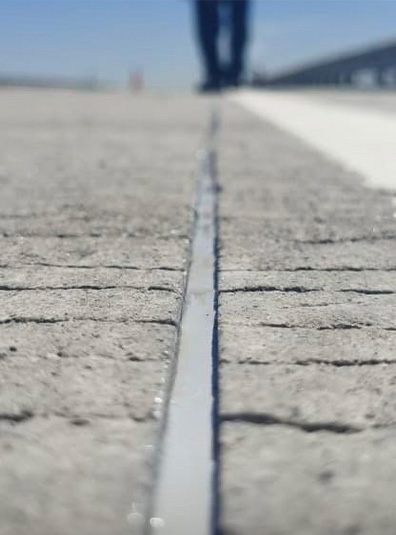Keywords: Joining wood, metal, concrete, and other materials
When it comes to construction and manufacturing, connecting different materials is crucial for creating durable, long-lasting structures. Whether you're working with wood, metal, concrete, or other materials, one tool that ensures these materials stay securely joined is a joint sealant. But what exactly is a joint sealant, and why is it so important?

1. What is a Joint Sealant?
A joint sealant is a material used to seal the gaps or joints between two substrates, typically different materials like wood, metal, or concrete. Its main purpose is to prevent air, water, dust, or other substances from penetrating the joint, which could compromise the structure’s integrity or aesthetic appeal.
Sealants are flexible enough to accommodate slight movements in the materials they bond, such as expansion or contraction due to temperature changes. This makes them an essential part of modern construction and manufacturing practices, where different materials are often used together.


2. Types of Joint Sealants
Depending on the type of project, various kinds of joint sealants are available to meet specific needs:
- Silicone Sealants: Popular for their flexibility and durability, silicone sealants work well for joining wood, metal, and glass. They offer excellent resistance to weathering and UV exposure, making them ideal for both indoor and outdoor applications.
- Polyurethane Sealants: These are highly versatile and are particularly effective when joining materials like concrete and metal. They are often used in construction projects that involve concrete surfaces because of their strong adhesion and moisture resistance.
- Acrylic Sealants: Known for their cost-effectiveness and ease of use, acrylic sealants are commonly used for interior applications, such as sealing wood trim or drywall joints. However, they may not offer the same flexibility or durability as silicone or polyurethane.
3. Applications of Joint Sealants
Joint sealants are essential across various industries, providing secure bonding and protection against environmental factors. Some common uses include:
- Construction: For sealing gaps in walls, floors, or roofing systems to prevent water and air infiltration.
- Woodworking: Sealants are often used to bond wood to metal or concrete in carpentry and furniture-making, ensuring that the materials expand and contract together without cracking.
- Automotive: Joint sealants are used in vehicle manufacturing to bond metal components while also preventing moisture from causing rust.
In conclusion, the different types of adhesives used in auto body work, including auto glass adhesive sealants, body sheet metal sealants, and windshield and side/back bonding adhesives, play a vital role in ensuring the structural integrity, safety, and durability of auto repairs. Understanding the specific applications and properties of these adhesives is essential for achieving high-quality and long-lasting results in auto body work.

Post time: Sep-06-2024
